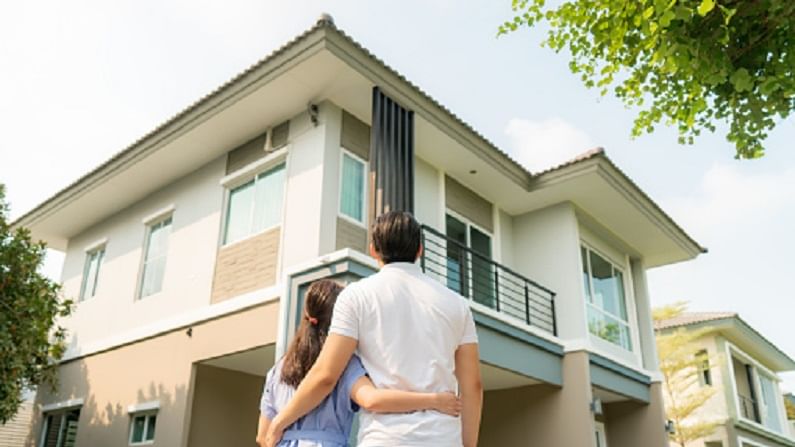Proximity to healthcare infra to drive housing demand in H2FY22
The proximity to healthcare infrastructure has emerged as the most sought-after amenity when people are looking for residential property.

As people hunt for houses, they want them closer to their workplaces or schools and colleges. Among amenities, they seek furnishings, parking space and power back-up, etc. However, the pandemic has affected the preferences. The proximity to healthcare infrastructure has emerged as the most sought-after amenity when people are looking for residential property.
According to a survey conducted by Naredco and Housing.com, the proximity to healthcare services was the highest-ranked amenity by the potential homebuyers, followed by recreational spaces and daycare centres. Nearly 50% of respondents indicated looking for it while purchasing a home.
“Our research indicates that the real estate growth is currently not in sync with the healthcare infrastructure in most of the top-eight cities. However, as healthcare has gained more importance, we may see more developers tying up with healthcare service providers in future,” the survey titled “Residential Reality: Consumer Sentiment Outlook” says.
There is a clear shift in demand for bigger houses. People working from home are moving from 1bhk to 2bhk or 3bhk.
“In H1 2021, 53% of home buyers reported that they want to upgrade their home compared to 33% in the corresponding period of the last year,” the survey says.
“Although too soon to say, the shift in structural norms for working will impact buying decisions in the future,” the report adds.
Real estate continues to be the preferred investment asset class, even amidst the pandemic. About 43% of respondents said that they prefer real estate as an investment avenue over fixed deposits and gold compared to 35% in the first half of 2020.
“There are two types of investors – hot investors who follow the trend and keep switching between investment avenues, while committed investors look for a long-term horizon. We have a great number of committed investors with us in real estate,” says Niranjan Hiranandani, president, Naredco.
Are people willing to move online for end-to-end purchases?
The survey findings highlight that 42% of the homebuyers are comfortable closing the deal completely online or after one site visit in H1 2021 – a noteworthy increase from 37% in the preceding half of 2020.
“The changing social norms and prerequisites of social distancing have compelled stakeholders to increase the use of technology and online platforms in the sector. Homebuyers are warming up to online business platforms for not only searching for a home but exploring it in more extensive ways,” the report says.
Speaking at the webinar, Mani Rangarajan Chief Operating Officer Housing.com says the recovery in the real estate space has sustained in July while there exists a demand for under-construction properties too.
“After a dip in sales in the first quarter of 2021 on a year-on-year basis, the second quarter recorded a recovery. In fact, June contributed 50% to the second-quarter sales. The recovery has sustained in July,” he says.
“We are starting to see new supplies coming in the market. It is reflective of developers showing confidence in real estate. We are seeing strong demand for under-construction properties too. While it is difficult to point out the reason for it, the important takeaway is that consumers are being confident of developers’ ability to deliver projects.”
This is the third survey on consumer sentiment outlook that Housing.com has done in the last 18 months. It is a half-yearly assessment to gauge residential demand predispositions for the coming six months.